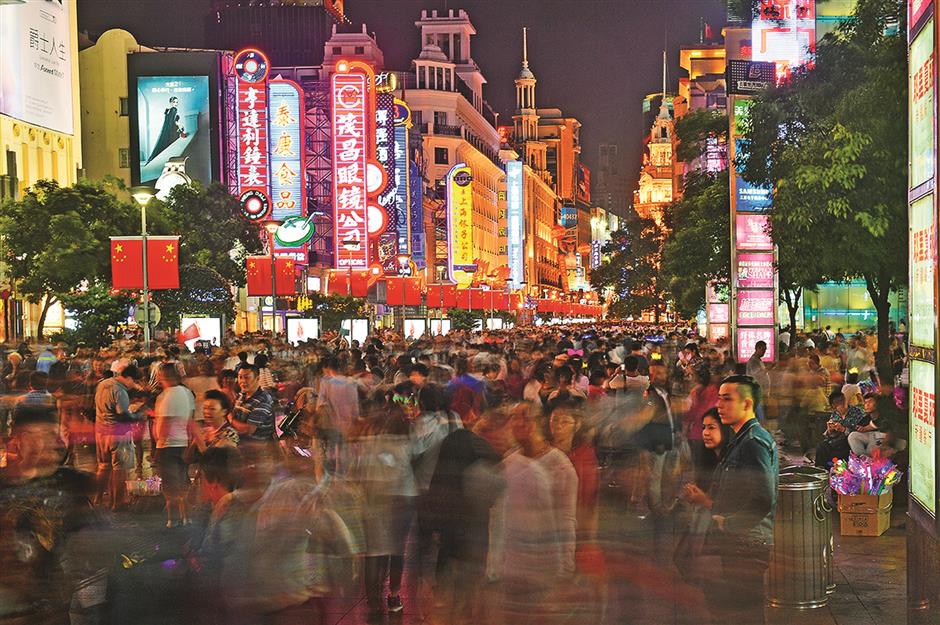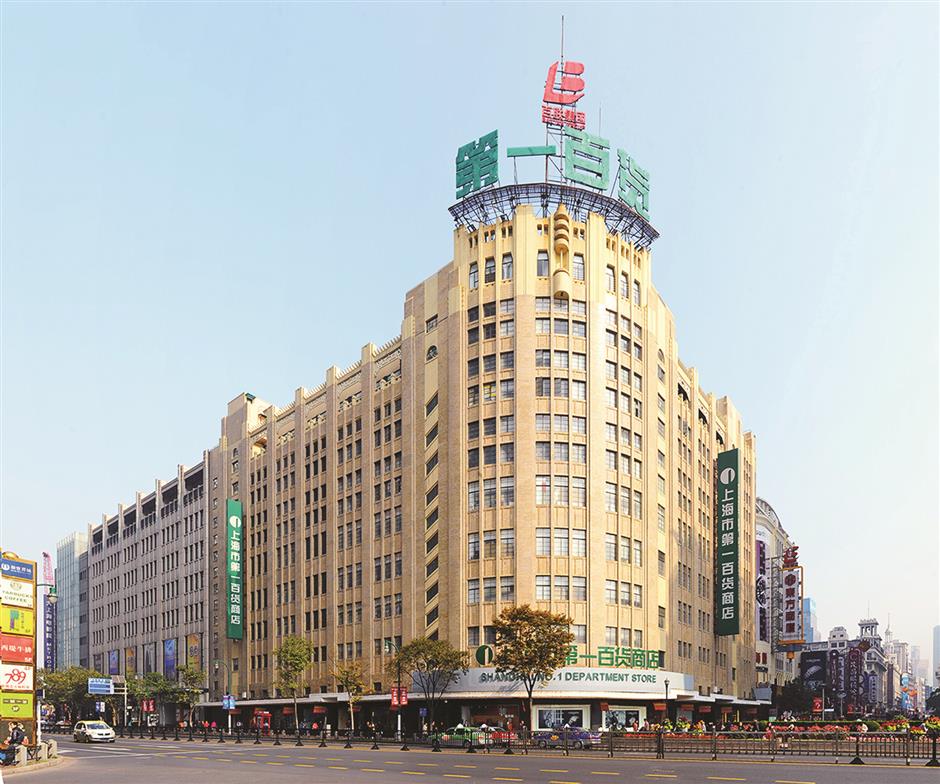今日上海
曾经的赛马地是如何变成上海如今的购物圣地的? - 2024年01月16日
How China's shopping mecca evolved from a Shanghai racecourse
Amid Shanghai’s soaring modern skyscrapers and dazzling night lights lies iconic Nanjing Road — part busy thoroughfare, part vibrant pedestrian shopping district.
The road dates back to the mid-19th century, when Shanghai opened its ports to foreign commerce. At that time, it was a mere dirt path used by foreign residents for horseback riding.
However, the winds of change were already blowing. An influx of foreigners brought with it the traditions of Western lifestyles, including leisure activities.
In 1848, W. Hogg and other British merchants purchased a plot of land near the present-day Nanjing Road E. The site became Shanghai’s first racecourse and marked the genesis of the road’s transformation.
To connect the racecourse with the Huangpu River, a roadway was constructed, eventually stretching to the vicinity of today’s Henan Road. This road was initially named Park Lane by expatriates because of the lush vegetation and serene ambiance of the area.
As horse racing gained popularity among foreign residents, the area evolved. Park Lane was extended westward, eventually reaching what is today Xizang Road M.
Park Lane’s surface was paved with bricks and gravel, and stone rollers were used to ensure a smooth surface. With improved road quality came an increase in pedestrian and vehicular traffic.
In October 1865, the British authorities decided to rename the thoroughfare Nanjing Road, aligning it with Chinese place names in the concession.
The name change was only the beginning of major development of Nanjing Road. Western-style facilities and technologies were introduced.
In the late 1860s, gas lamps were installed along the roadway, illuminating it for nighttime activities. About 20 years later, electric lighting replaced gas lamps.
To enhance drainage, curbstones were laid along both sides of the road. And when trams and automobiles gained popularity in the early 20th century, the road was paved in asphalt.
Notably, in 1908, Shanghai tycoon Silas Aaron Hardoon imported 4 million pieces of ironwood for road construction, setting a new standard for road quality.
By the 1930s, Nanjing Road had been extensively expanded and took on an appearance much like the present.
In 1999, a section of Nanjing Road E. between Henan Road M. and Xizang Road M. was transformed into China’s first 24/7 pedestrian street, becoming what we now know as the Nanjing Road Pedestrian Mall.

Nanjing Road has withstood the test of time as Shanghai’s commercial heart.
The history of Nanjing Road is not just about the street itself, but also about the commercial and residential development around it.
In the model of “road first, stores follow,” an array of diversified shops appeared, selling tobacco, cameras, liquor, fashion, jewelry, food, Chinese medicine and watches.
In 1917, the era of Chinese-owned department stores began with the opening of Wing On, Sincere, Sun Sun and The Sun — the so-called “Big Four” department stores. These emporia of one-stop shopping, with their wide variety of unique merchandise, became popular with the public.
The Big Four offered everything from hardware to electrical appliances, Western imports to traditional Chinese medicine. And they changed shopping habits. No more haggling over prices. Each item had a fixed price tag, and receipts were given as proof of purchase.
Into the port of Shanghai flooded what the world had to offer: British cotton and wool, Swiss timepieces, French fashion and cosmetics, and Czech glassware. The sheer volume and diversity of merchandise that appeared on Nanjing Road cemented its status as the commercial heart of Shanghai and, indeed, of the whole country.

The building, which used to be The Sun emporium, is now housing Shanghai No. 1 Department Store.
Fast-forward to the present day. Nanjing Road has never lost its place as a premier shopping mecca of Shanghai. The enduring popularity of the road reflects not only its historical significance but also its ability to adapt to changing times. It stands as a modern monument to Shanghai’s dynamic spirit and its status as a global metropolis.
Source: Shanghai Daily
